Having been missing for nearly 70 years, even the most optimistic of Australian football historians seriously doubted the ‘Soccer Ashes’ would ever be sighted again.
But in a fortunate turn of fate, just months before the 100th anniversary of its creation, the remarkable trophy has been rediscovered.
Read on as we dive into the special story of how, courtesy of the Storey family, this highly sought-after trophy was sighted for the first time since 1954 and handed back to Football Australia.
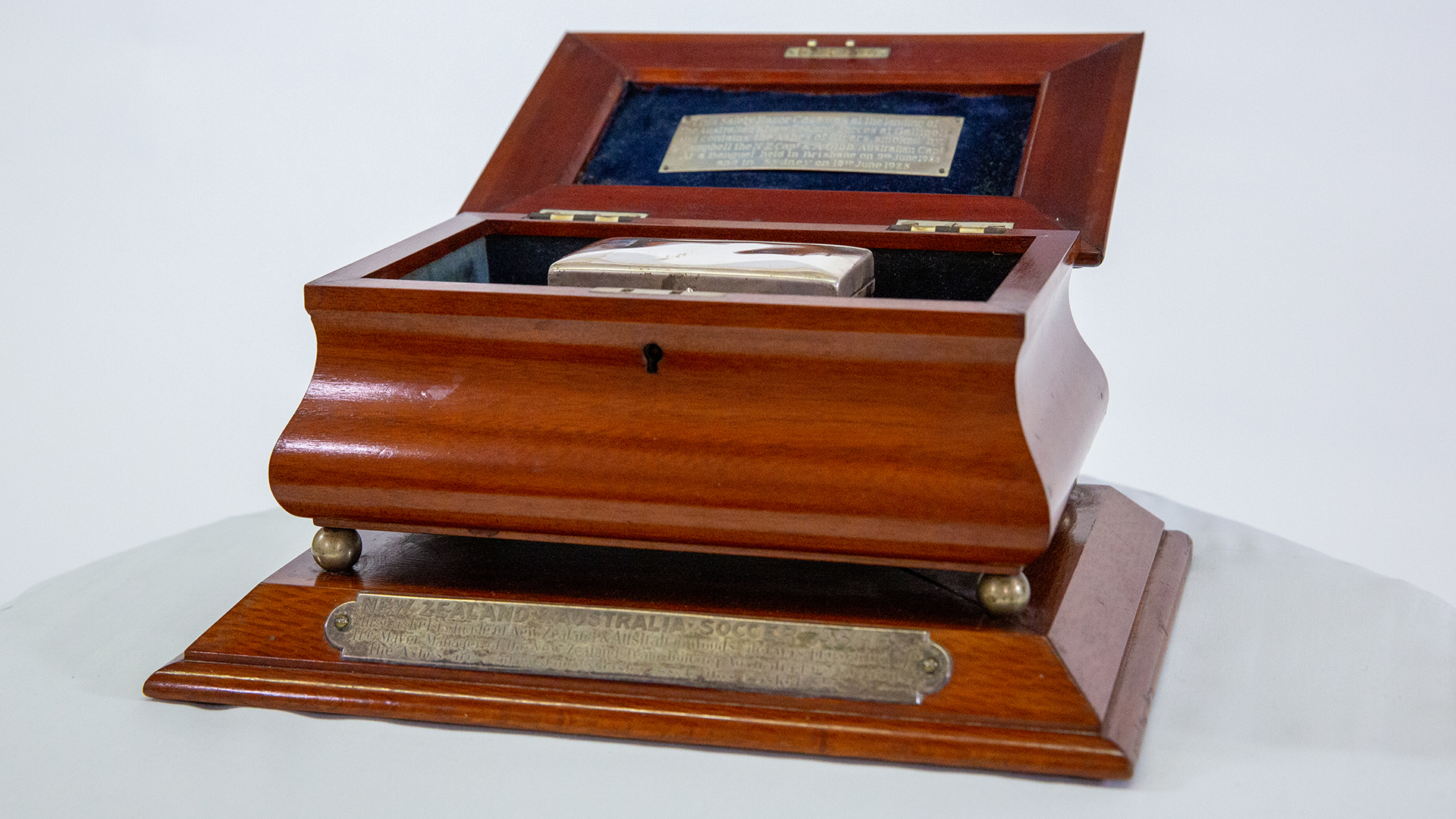
But first, you may be wondering, why is this trophy so special?
While we tell the story of the trophy’s origins in more detail here, in short, the Ashes hold immense significance on many levels.
In a sporting sense, they were a key part of how our beloved Socceroos’ origin story a century ago: the first ever ‘A’ Internationals Australia’s men’s national team played were hard-fought trans-Tasman contests with this trophy on the line.
But its importance does not stop there.
As Peter Storey, speaking on behalf of the Storey family, explains, “This is not just a trophy.”
“It's a symbol of Australia and New Zealand, working together, playing together too, but working together and looking after each other. It’s really, really powerful.”
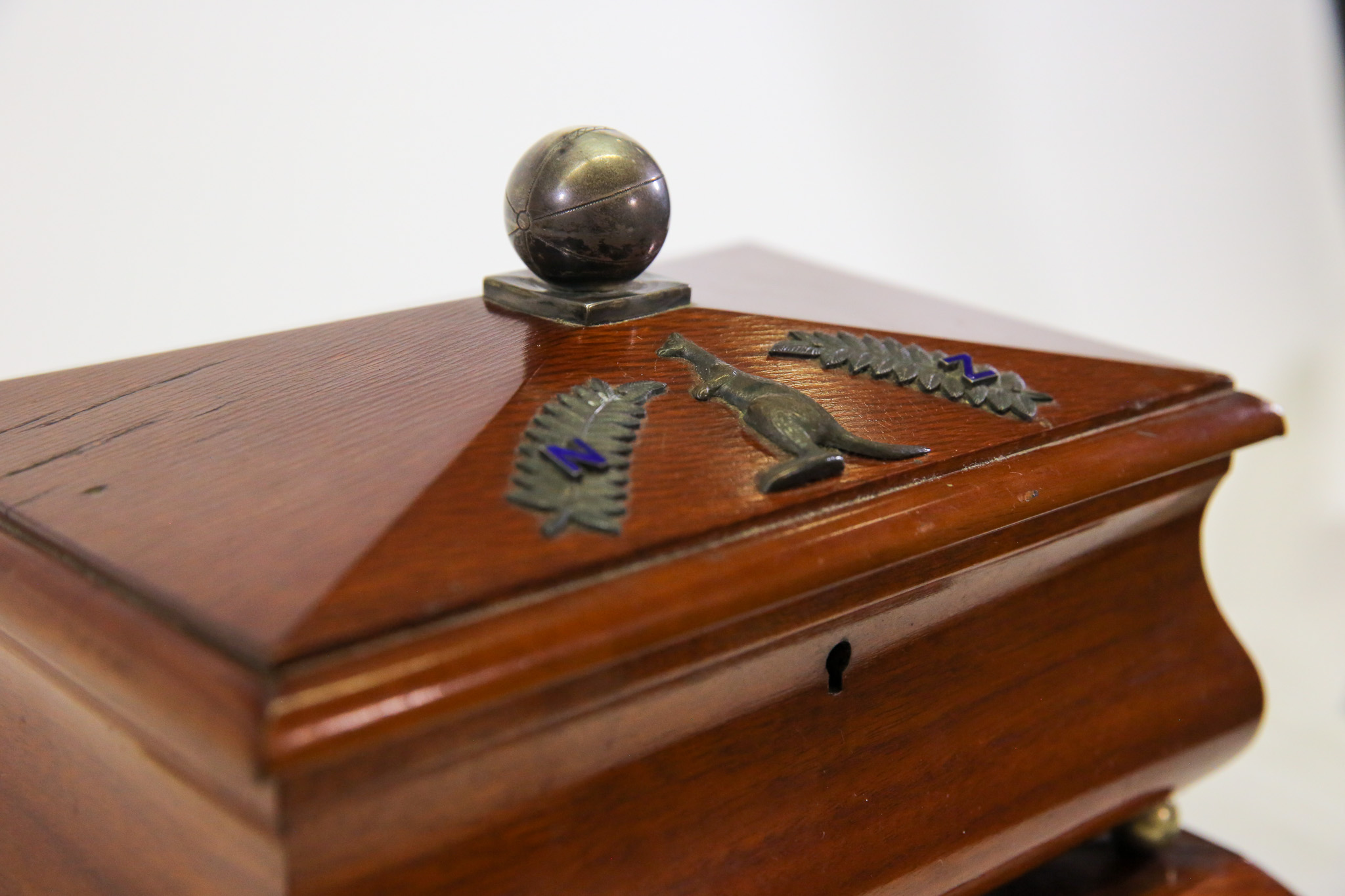
Just one look at the trophy, still remarkably preserved in excellent condition, tells this story.
Built by New Zealand trophy-maker Harry Mayer using a combination of New Zealand honeysuckle and Australian maple, the elaborate wooden casket contains ashes of cigars smoked by Australian captain Alex Gibb and New Zealand captain George Campbell following the first meeting between the two nations on Australian soil in June 1923.
Powerfully, the ashes are housed in a silver-plated razor case that was carried by Queensland Football Association Secretary Private William Fisher at the landing of Gallipoli in 1915.
FIND OUT MORE: What are the ANZAC Soccer Ashes? A brief history
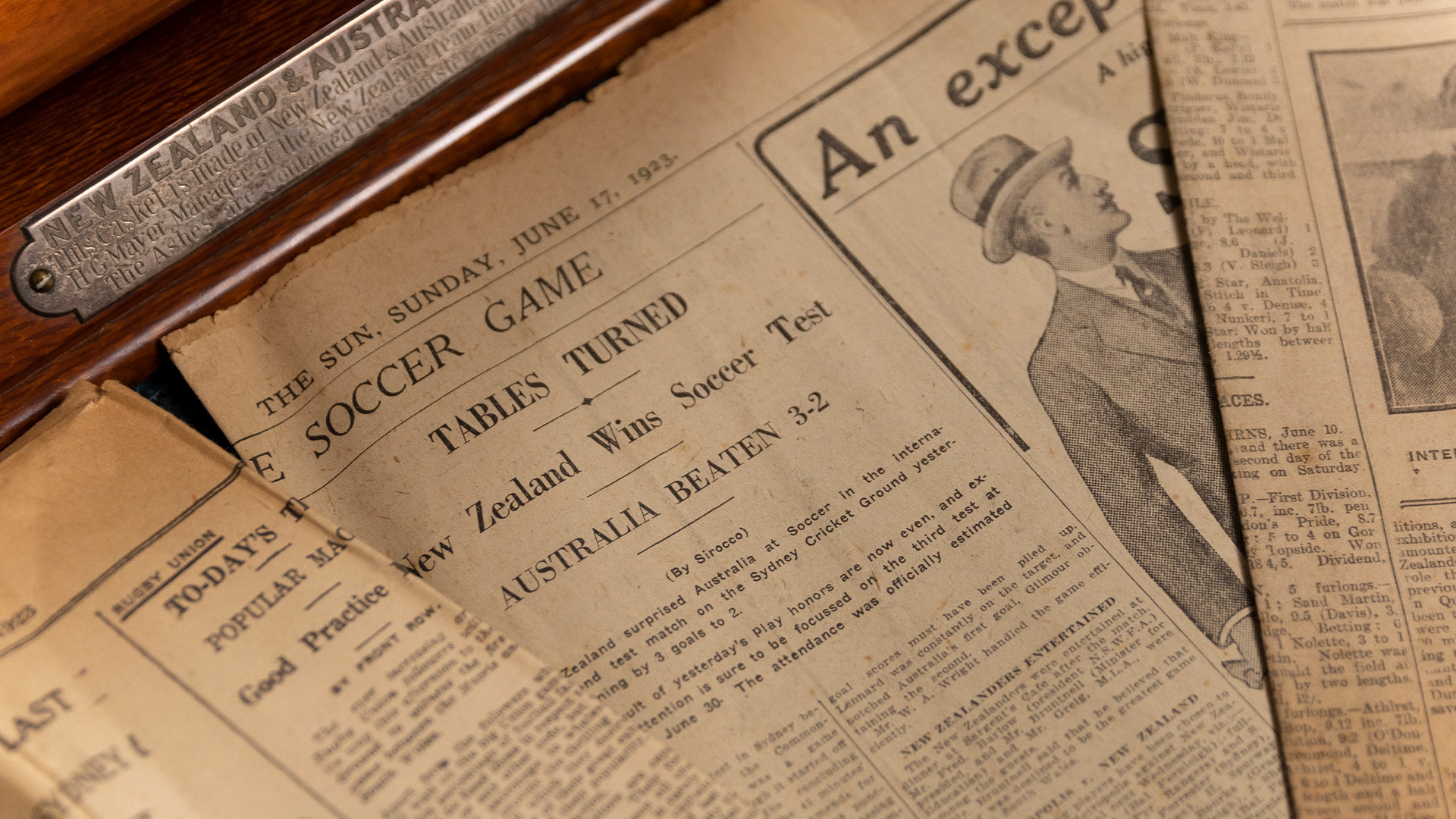
It is widely agreed amongst Australian football historians that this trophy is last referenced by records in 1954. Since then, its whereabouts has remained a mystery – until now.
Nearly 70 years on, the grandchildren of former Australian Soccer Football Association (ASFA) Chairman Sydney Storey discovered the prized possession in pristine condition, where it had been diligently stored alongside a collection of century-old footballing artefacts in the garage of their family home.
The find came as Peter and his sister cleaned out their late father’s garage, following his passing at the age of 92, in the midst of the pandemic.
While Sydney Storey is a Football Australia Hall of Fame Member who served a high-level role as an administrator of the game between 1922 and his passing in 1966, his descendants are surprisingly not familiar with the round ball game.
Some explanation arises from the fact that Storey’s heavy involvement in football was not his only commitment to the community – he also served in politics, and was an important member of the Sydney cricket fraternity.
Growing up, his grandson Peter does not recall any discussion around the Ashes, or football in general.
“We didn't hear much of from Syd about any of his sports - he really wasn't as involved in our lives, as we lived a little bit of distance away, so there was really no soccer at all in my life growing up,” he recalls.
“But I know the grandfather did enjoy his work and was still active and working right up to the end of his life.
“It’s a funny thing, I've learned much more about grandfather's life in discovering these boxes of paperwork, and there is so much more information than what I ever knew about him when I was a kid.
“The fact that he was an administrator for the Soccer Association for about 40 years is just one amazing example of that.”
NEWS STORY: ANZAC Soccer Ashes Trophy recovered
So, who was Sydney Storey, and how did he end up holding onto one of the most momentous artefacts in Australian football history?
It’s a question that Peter and those close to him are asking as they sort through boxes and continue to discover more about their grandfather, thanks to these remarkably well-kept records, that they have unknowingly kept frozen in time for over half a century.
What is known is that Storey initially became involved as a player, and while he did not ever appear in an ‘A’ International for Australia, may have represented the nation in a fixture that would be now classed as a ‘B’ international.
He travelled with the nation’s history-making first international squad in June 1922 as Assistant Team Manager, before remaining involved in the administration of the sport for over 40 years as ASFA Director, Secretary, and according to some records, Chairman.
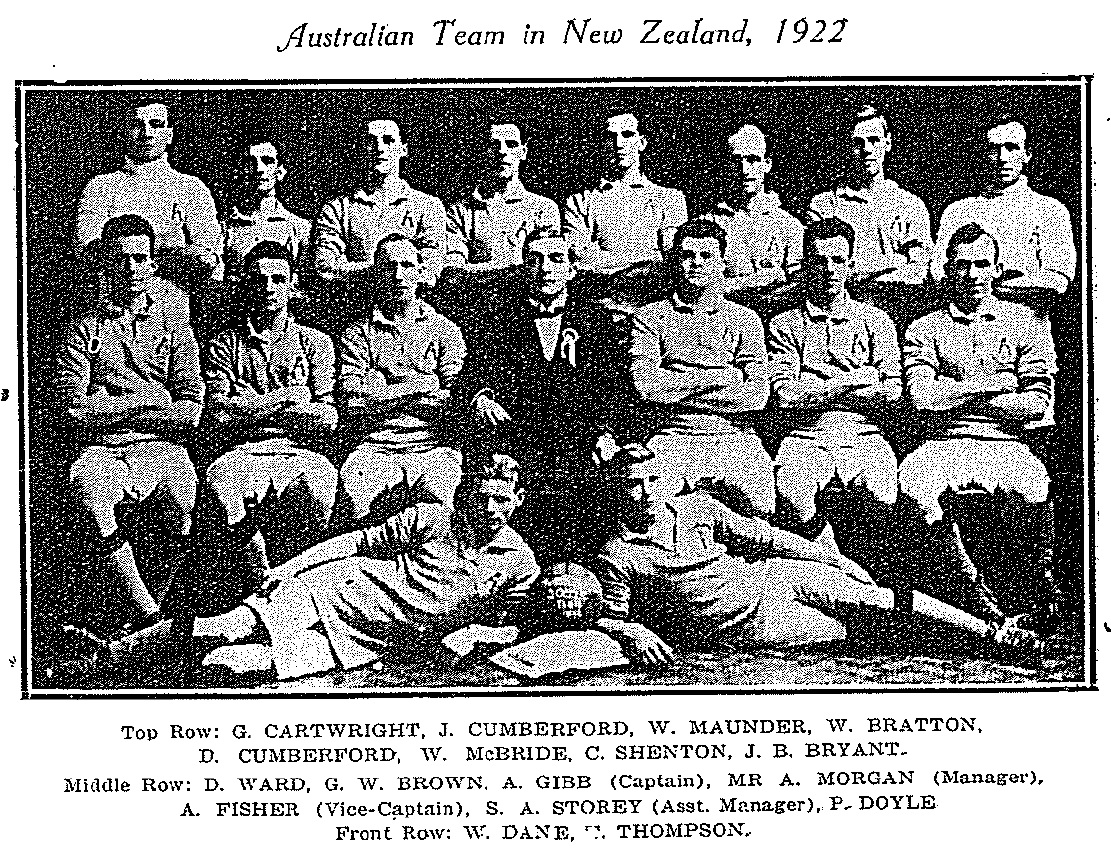
Beyond football he was educated at Rozelle and Cleveland Street Public Schools, worked as a draftsman and hospital secretary, while serving as an executive of the Hospitals Association for New South Wales, vice president of Hornsby Shire Patriotic and War Fund, secretary of Northern District Cricket Club and executive member of New South Wales Cricket Association, from 1928 to 1955.
Fast forward 70 years or so, and the Storey family made the fated discovery after going through his old belongings.
“Amongst classically old items in the garage-shed we found a couple of boxes of fairly well-preserved Football (and cricket) related documents dating from the first half of the 1900's.
“The large shed was literally full of relics of past days, and not easy to move around in. Simply put, Dad had a full garage workshop plus stored his own things in addition to the many things from his father. Most of these boxes had sat there untouched decade after decade until we started to go through them.
“We had the sizeable task to sort through much in the house and sheds and determine what was to go into recycling skip, what for the rubbish skip, and what papers and things needed to be removed, put in storage until there was time to go through it all in detail.”
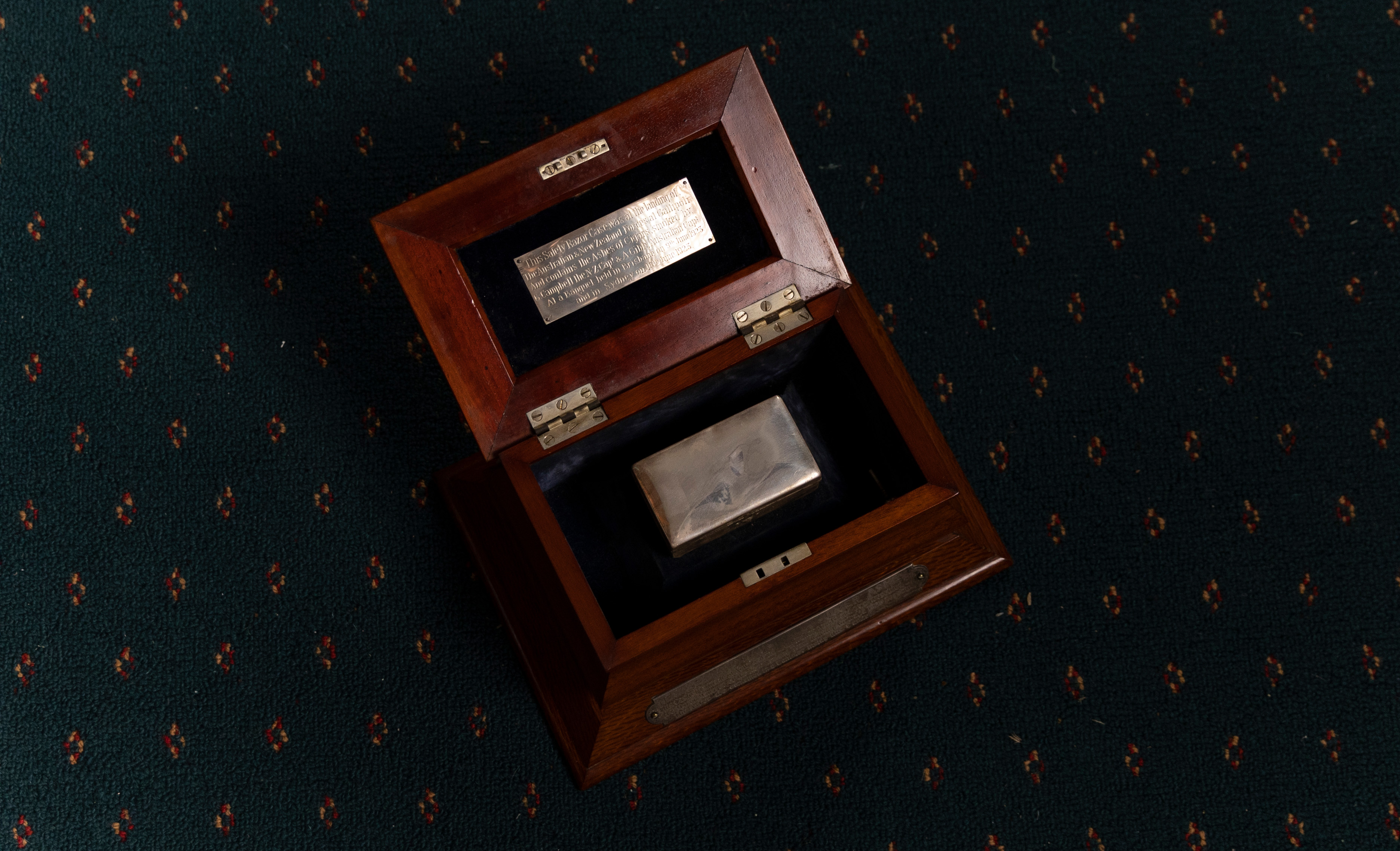
Fortunately, over the last few months, Peter and his family found the time to sort through the collection.
“There were so many historical, classical last-century items in the garage, even in the house and the items we came across were of great interest,” Storey explains.
“These included team photos, annual reports of the soccer association ASFA, an ASFA official's badge, newspaper clippings (mainly 1920's and 1930's), souvenir soccer match leaflets and importantly, found inside a well-sealed box, was a wooden football match souvenir – which we identified as the Australia-New Zealand Soccer Ashes trophy.
“At that time, we didn't realise that people might have been looking for it, or that it was of any interest, rather than just something 100 years old.”
It was only after detailed research that the significance of their find become evident.
“We started to go through everything and try to work out what this thing was and what to do with these where they belonged, the soccer trophy, I should say, and we looked with amazement as we researched the history of the Soccer Ashes.
“We also found, amongst all the historical papers, this is great little scrapbook of the Ashes soccer game, we call it the Ashes soccer game scrapbook, because it's like an inch thick of analysis, like all the newspaper clippings of every game, so we made the decision to get all of this to a suitable museum or organisation that time.”
How and why the Ashes ended up in Sydney Storey’s safe keeping is a question that may never be comprehensively answered.
While we know he was a high-ranking figure of the administration of the time, the 50s were a turbulent period for the management of Australian football.
Coinciding with the post-World War II influx of European migrants, the domestic branch of the game began to take off, transforming the way the international game was treated.
In the years that followed, ASFA was disbanded and Australia were even expelled from FIFA, before returning, rebuilding and eventually qualifying for the nation’s first FIFA World Cup Finals in 1974.
Despite Australia and New Zealand’s rivalry experiencing flashes during the 70s and 80s, by that time the ANZAC trophy had slowly slipped out of the two nations’ sporting consciousness.
Either way, once they laid eyes on it, the Storey family knew they were in possession of something special – and commenced a journey of discovery that unearthed this powerful relic.
“It's a much bigger thing than anything you could imagine finding, so we made sure to go through all the papers and make sure everything checked out,” Storey said.
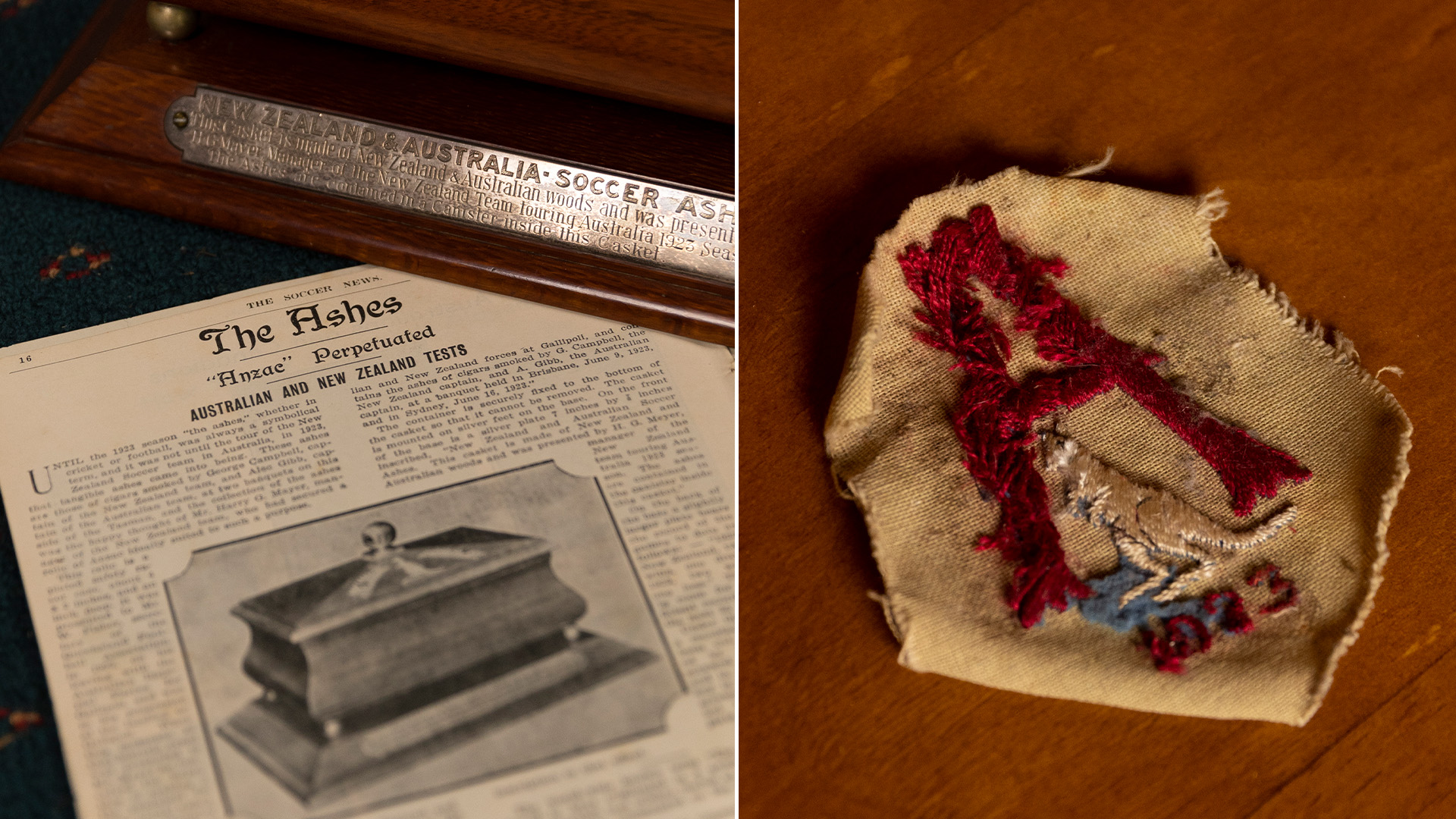
“One of the key documents was a scrapbook, with photos of these champion players - a whole narrative which we hadn't realised.
“When you open the lid of the unit it mentions a bonafide genuine Anzac artefact inside, a symbol that is built right into the heart of the trophy.
“That’s how we started to understand the extra significance. This is not just a trophy, it's a symbol of Australia and New Zealand working together, playing together, and looking after each other - it’s really, really powerful.”
